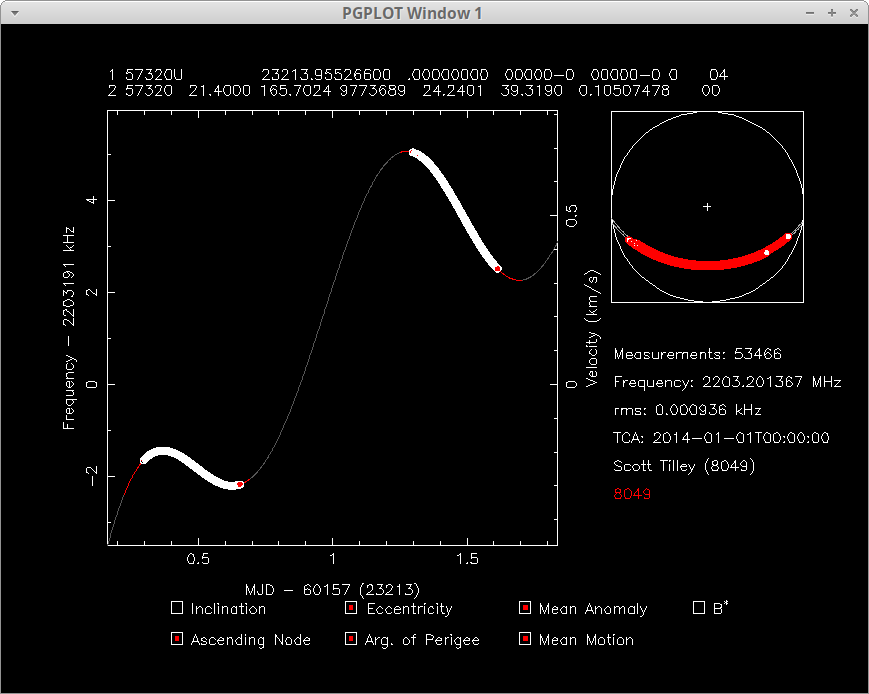Using the TLE I posted earlier from @Marco_Langbroek #Starliner perigee would have been ~88km. Very low? It’s just approaching NA now minutes until be may bee further amateur reports. 

I suggest observers try both frequencies. 2203.2 and 2287.5.
@scott23192 is an amateur observer with suitable equipment that is under the flight path. Good luck Scott!
• • •
Missing some Tweet in this thread? You can try to
force a refresh



















